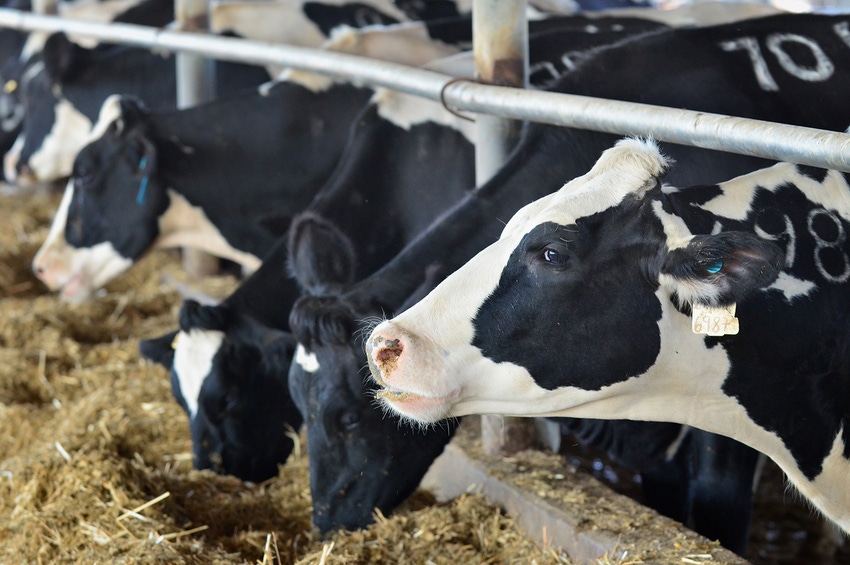Analysis data can help silage producers adjust management processes to avoid future problems.
January 11, 2018

Results from forage analysis aren’t just for ration formulations. The numbers can also help producers adjust management processes to avoid future problems altogether.
“The results of forage analysis can be really useful,” said Dr. Bob Charley, forage products management at Lallemand Animal Nutrition. “For instance, it can show if the crop was harvested correctly or if silages are prone to spoilage.”
Charley advised silage producers to review these parameters:
* Dry matter (DM). Lower DM levels, especially in alfalfa or other high protein silages, can compound issues like the presence of clostridia from the soil. Lower DM levels also require more acid production and a lower pH for stability.
* pH. Lower pH levels do not necessarily make better-quality silage. Forage analysis should show pH stabilization, even if it’s at achieved at a higher level.
* Ash. Normal ash levels in the plant should be around 6-8%, depending on the crop. Higher numbers can indicate slurry contamination.
* Acid detergent fiber, neutral detergent fiber and lignin. These values should be within average ranges for the type of material harvested. If levels are higher than normal for the crop, it may be a sign that the material was more mature than ideal. This can also lead to yeast and mold challenges.
* Crude protein. The higher the protein level, the higher the buffering in the material and the more acid is required to bring down the pH. This can facilitate complications from clostridia.
* Acid detergent insoluble crude protein. High levels of bound protein — greater than 10% of crude protein — show that there has been heating in the silage.
* Soluble protein. High levels of soluble protein indicate a protein breakdown, also called proteolysis. This can occur due to prolonged wilting in the field or inefficient silage fermentation.
* Lactic acid. This is the main driver for pH drop and should be at a reasonably high level for the silage pH to rapidly stabilize. This number can vary with the crop ensiled and DM level.
Lactic acid levels will be lower in silages treated with inoculants containing Lactobacillus buchneri. It also typically has higher concentrations of acetic acid and lower levels of lactic acid than untreated silage. Acetic acid helps inhibit the growth of spoilage yeasts that are responsible for silage heating, Charley said.
“There is no single number that indicates ‘good’ silage,” Charley noted. “Silage is a very complex biological system with inherent variability. Still, forage analysis results can help producers understand what happened during the harvest and ensiling process — and how to improve feedstuff quantity and quality the next time.”
You May Also Like

.png?width=300&auto=webp&quality=80&disable=upscale)

